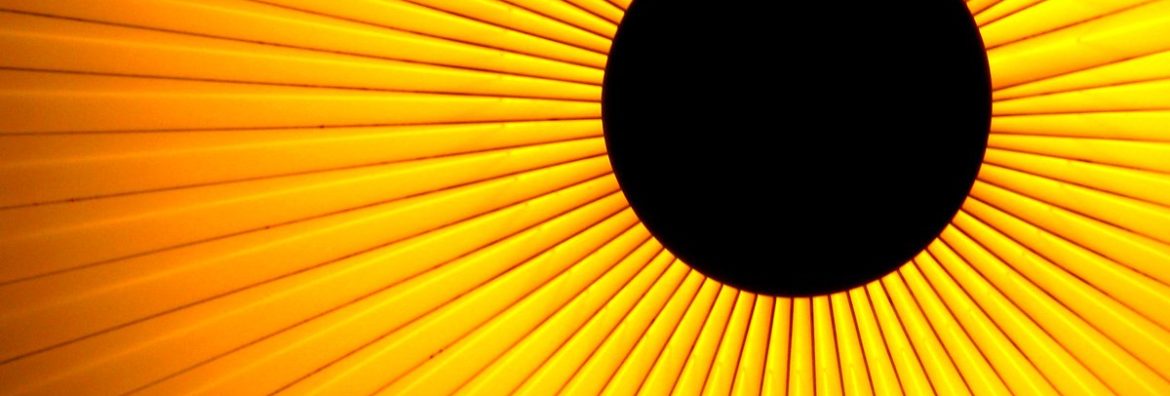Living well is the best revenge.
Ever been on the wrong side of that truism?
When you hear (or see on Facebook) that someone you don’t particularly care for is doing really, really well for themselves?
This used to give me a pit in the bottom of the stomach and make me question my life, all because someone I put in a box had escaped.
Eventually I realized that I needed this feeling, that it was actually a good thing. I no longer let it consume me, but instead let it feed me and my drive. I began to seek it out, to crave it.
As the saying goes, when you smile, the world smiles with you. And when the world around you is doing great things, the more inclined you are to do the same. The status quo has been raised. The new norm is one of higher expectations. If you are the sum of the five people spend the most time with, complacency and contentment are easy if you hang around with five underachievers.
Seeking out and surrounding myself with people and literature that made me question my own worth and contributions to the world were the beat that finally brought my creative heart back to life a few years ago.
—
As someone with an extremely addictive personality, a trend I have observed in myself is that once I get a small taste of a subject that is new and intriguing to me, I instantly want to know everything about it. Consequently, this sends me on an information binge that lasts anywhere from a few days to a few weeks. Then, once I am satiated or the novelty wears off, I move on to the next interesting topic.
When this moving on doesn’t happen, and that satiation point is never reached, that’s when I know I have struck gold, and found a true passion, not just a fleeting one.
That is the case with me and a few areas of interest (and most people have them), particularly in material that provokes thinking differently and that inspires creative action.
A trend I used to see in myself and others regarding motivation was that it would be more of a fleeting kind of inspiration than a ‘true’ one. We would be fired up for a short period of time, then fade back into uninspired ‘normalcy’.
Then slowly, I got good at evolving this energy from sporadic to perpetual.
When I wake up in the morning, the first thing I see when I exit my bedroom is my productivity calendar (post on that coming soon). Across the top of my bathroom mirror are the words ‘Perfection is Boring’ in dry-erase marker. Adorning my kitchen mirror are a few of my fitness personal records next to the words ‘Wolves don’t lose sleep over the opinion of sheep.’ Opening the door to my refrigerator requires my eyes to scan past one of my favorite quotes of all-time. In my car, checking how much gas I have left brings me to a taped-up fortune that I pulled from a cookie years ago- ‘Today’s action becomes tomorrow habit.’ When I check my phone, a giant marshmallow as my background reminds me of a particular famous study.
None of this was planned- I didn’t wake up one day and think to myself, “I need to cover every surface I look at in a given day with motivation.” It just happened, organically, piece by piece.
While these kinds of things can of course become empty and cliché through frequent viewing (the reason why I would never get something similar tattooed on me), these triggers I have placed throughout my daily life are reminders to myself about why I am alive, why I get up at 6 a.m. to write everyday, why I moved away from the majority of my friends and family for a job that will allow me to reach my goals, why I strive to learn everyday, and why my RSS Feed is loaded with blogs that teach and inspire me.
They are anchors to remind me of what I love most- creating. My daily environment is set up so that it’s literally impossible for me to forget this fact.
It’s also a suitable (and reliable) substitute for constantly having to seek out people that have accomplished things that I am envious of.
If my mind begins to wander, these triggers bring it back to the focus.
To be inspired and bursting with ideas you must get down on paper, to me, is one the most amazing feelings there is. Hence why I am addicted to it.
So, how do you surround yourself and keep the fire going?
—
Put another way by Bryan Callen and Joe Rogan:
“That’s what you need man. If you don’t have that in your life, you gotta find it. Either surround yourself with friends who do it, go to TED.com, do whatever you have to do man, find it, it’s out there, and the beautiful thing about technology – and this is for young people – is that you can spend your time listening to music and reading about what Lady Gaga wore to the gym, or you can open up your mind to a whole world out there.”
“There’s an instinct to protect yourself by bullshitting yourself and becoming jealous and bitter and talking shit about that [successful] person, and that’s where haters come from. 100% of haters in the world are unrealized potential.”






